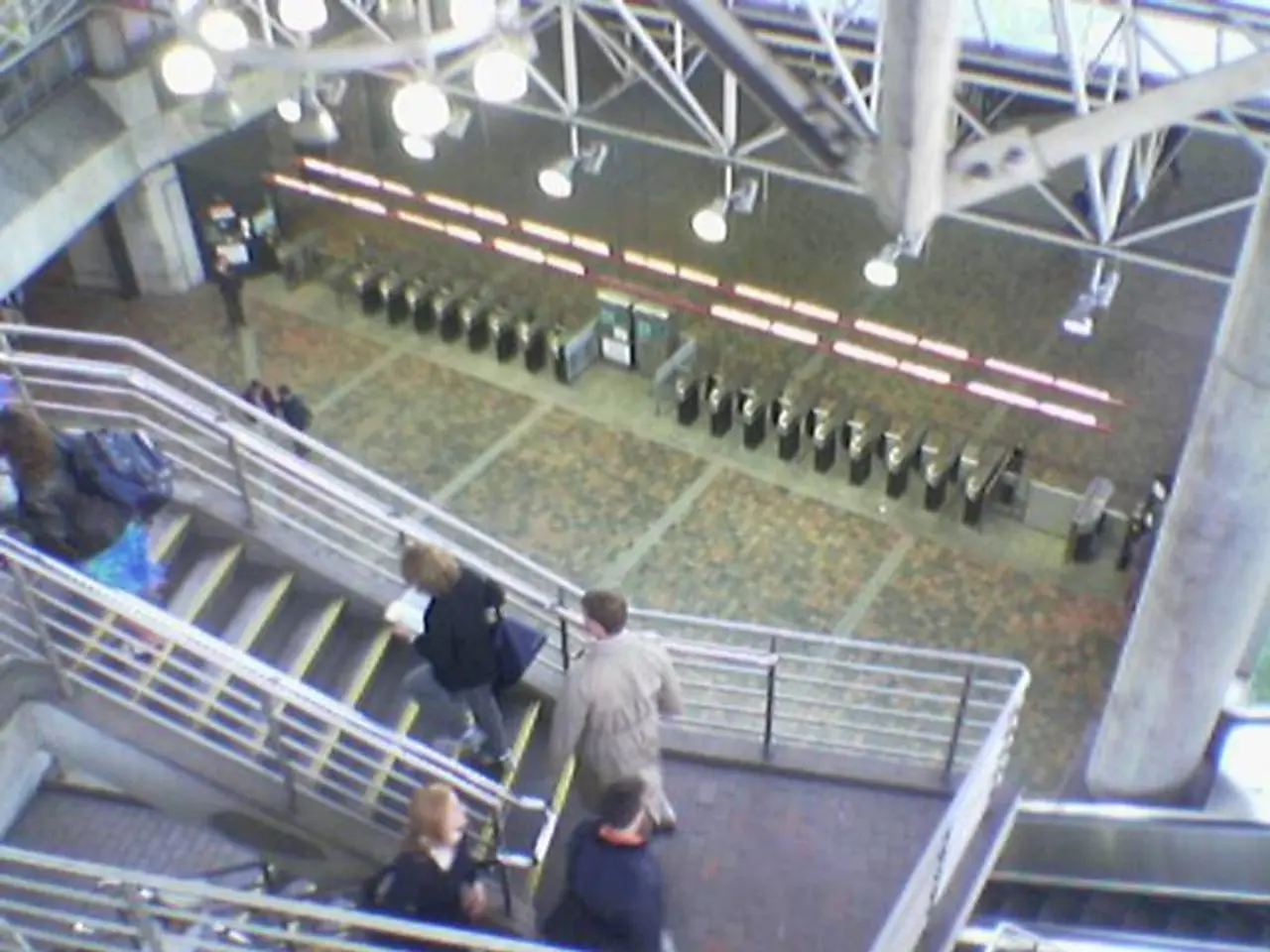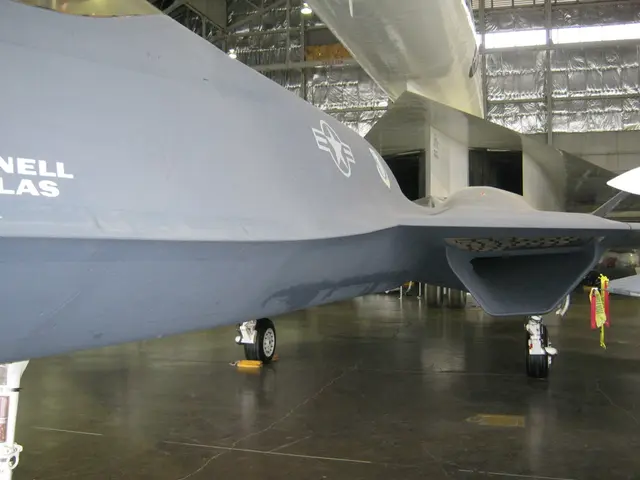Navigating a Visual Climb Over Airport (VCOA) Under Instrument Flight Rules (IFR)
**News Article: Understanding the Visual Climb Over Airport (VCOA) Procedure Under IFR**
For pilots navigating Instrument Flight Rules (IFR) at Bishop Airport (KBIH) in California, a less common but useful departure option is the Visual Climb Over Airport (VCOA). This procedure allows IFR aircraft to visually conduct climbing turns over the airport to the published "climb-to" altitude.
While specific VCOA procedures under IFR may not be directly detailed, the concept involves maintaining visual references to obstacle clearance while climbing out of the airport. Here's a general outline of what a typical VCOA procedure under IFR might entail:
1. **Pre-Departure Planning**: - Review the airport's departure procedures, including any specific visual or instrument departure procedures. - Ensure that the aircraft is capable of achieving any specified climb gradient based on groundspeed for the planned departure route.
2. **Requesting Clearance**: - Request an IFR clearance from Air Traffic Control (ATC), specifying any visual conditions or requirements for the departure. However, since VCOA isn't a standard procedure, ensure that ATC understands your request for a visual climb.
3. **Departure**: - Perform a standard IFR departure, but maintain visual references to ensure obstacle clearance. - If given an assigned altitude or route, follow it while maintaining visual references for safety.
4. **Climb and Navigation**: - Use navigation aids (e.g., GPS) as required by your clearance, but prioritize visual references for obstacle avoidance. - Ensure that you are climbing above any minimum obstacle clearance altitude (MOCA) or minimum enroute altitude (MEA) as applicable.
5. **Transition to Instrument Navigation**: - Once you reach an altitude where visual references are no longer necessary or possible (e.g., entering instrument meteorological conditions), transition to instrument navigation.
6. **Post-Departure Procedures**: - Report to ATC as required by your clearance, confirming altitude and route adherence.
It's essential to note that VCOA is not a standard procedure, so it's crucial to clarify with ATC to ensure mutual understanding. Always prioritize obstacle clearance and safety during visual departures by maintaining awareness of surrounding terrain and obstacles. Ensure compliance with all relevant regulations and clearances provided by ATC.
The VCOA for all runways at KBIH requires a climb to cross the Bishop airport at or above 13,000 feet Mean Sea Level (MSL) before proceeding on course. Given the airport's elevation of 4,124 feet MSL, this means an altitude of 13,124 feet when ceilings of 9,000 feet Above Ground Level (AGL) are added.
In the given scenario of flying out of KBIH to Sacramento, California (KSMF) with a full plane and winds out of 300 degrees at 25 knots, requiring a climb gradient of 285 feet per nautical mile under IFR, a VCOA might be a suitable option if pilots cannot maintain the required climb gradient using standard departure procedures.
However, it's important to remember that the FAA does not guarantee obstacle avoidance if the pilot maneuvers farther from the airport than the specified visibility minimum prior to reaching the specified altitude. Pilots should remain within 3SM of the airport during the climbing turns over the airport if a VCOA requires 3SM of visibility.
Fortunately, there's another departure option available in the given scenario, and pilots should carefully consider their options before requesting a VCOA to ensure the safest and most efficient flight possible.
- Pilots navigating Instrument Flight Rules (IFR) often find the Visual Climb Over Airport (VCOA) procedure helpful at Bishop Airport (KBIH), as it allows for visual climbing turns over the airport.
- Pre-Departure Planning is crucial for VCOA procedures under IFR, requiring a review of airport departure procedures and ensuring the aircraft can achieve the specified climb gradient.
- Requesting IFR clearance from Air Traffic Control (ATC) is necessary, with a clear specification of visual conditions or requirements for the departure, ensuring ATC understands the request for a visual climb.
- A standard IFR departure is performed, but maintaining visual references for obstacle clearance is essential during the climbing process.
- Navigation aids might be used, but visual references should be prioritized for obstacle avoidance; climbing above any minimum obstacle clearance altitude (MOCA) or minimum enroute altitude (MEA) is necessary.
- Once at an altitude where visual references are no longer necessary or possible, pilots transition to instrument navigation.
- Post-Departure Procedures require confirming altitude and route adherence to ATC as directed by the clearance.
- However, VCOA is not a standard procedure, and pilots must clarify with ATC to ensure mutual understanding for safety and compliance with regulations.
- In the aerospace and finance sectors, the consideration of technology and industry procedures plays a vital role in ensuring the safest and most efficient flights, especially with less common maneuvers like VCOA.
- For pilots looking to improve their skills in VCOA and other maneuvers, ongoing pilot training is essential for continued proficiency and adherence to FAA guidelines and industry best practices.








